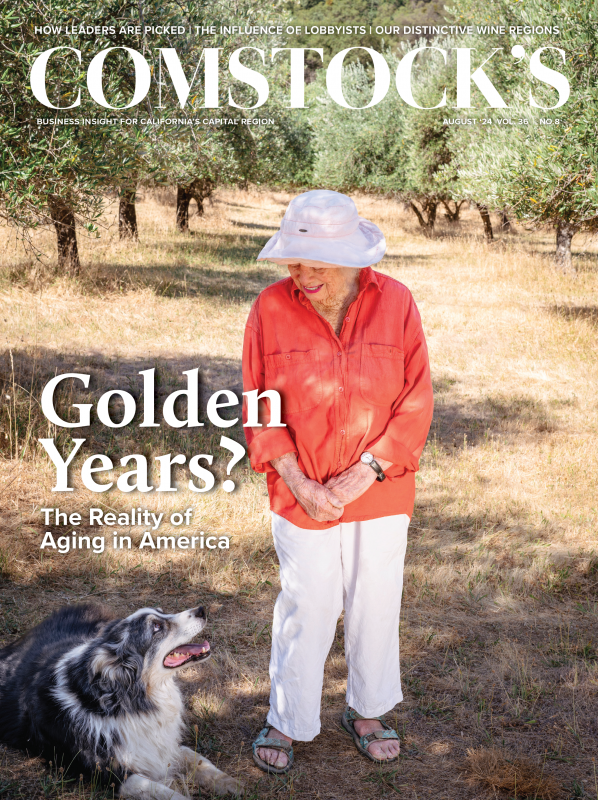When the late country music legend Johnny Cash immortalized a once-infamous penal institution in his song “Folsom Prison Blues” (1955) — and when, 13 years later he played a now-historic concert there (talk about a captive audience!) — it was hinted that the singer-songwriter’s lyrics spoke from experience, that he’d done some hard time there.
Never happened. Our best-known “outlaw” performer spent exactly one night in jail his whole life — and it was for trespassing late one evening in Starkville, Mississippi. To pick flowers.
None of which should diminish the reputation of either Cash or Folsom Prison, at one time the most-feared gated community in the Sacramento region. For local author Josh Morgan, Folsom is also a family totem of sorts. As he explains, his great-grandmother, Etta Steinman, “grew up in Sacramento with a front-row seat during a time of incredible growth. Her father was a leading area businessman, who worked for Leland Stanford, served on the city council, and as mayor.” In fact, it was a letter to Steinman — which Morgan’s family believes was from Albert Wilkinson, the son of Folsom Prison Warden Thomas Wilkinson — that sparked the lifelong history buff to plunge into a segment of the region’s colorful, if deadly, past.
Morgan, who lives in El Dorado Hills, wrote “The Folsom Prison Bloody 13: The Big Escape of 1903,” published in June by The History Press. The book talks about prison conditions in early California “and how they created a climate that led a large group of prisoners to attack their jailers and escape into the foothills.” The prisoners made makeshift knives, or shivs, and used stolen razors during their siege. One prison guard died, and two were injured. There were numerous gun battles, and they took the warden and others hostage as they escaped out the prison’s back door. Posses were formed, and “even the National Guard got in on the hunt.” The result was justice partially served, partially swerved (spoiler alert!): Five of the 13 escapees were never caught.
While his day jobs in public relations had already made him a professional writer for a couple of decades, this is Morgan’s first book. At 51 years old, he’s the marketing director and an occasional lecturer at Sierra College in Rocklin. He also has teaching gigs at his alma mater, University of the Pacific in Stockton, where he earned his bachelor’s and master’s degrees.
The 13 inmates who daringly escaped Folsom Prison in 1903 used
makeshift weapons to attack prison guards and flee into the
foothills. Five of the 13 were never caught.

Morgan apologizes for his enthusiasm during an interview at the Peet’s coffee shop in Lyon Village Shopping Center, saying he’s much more used to laying out talking points for others about to undergo interviews than being the subject of one.
“I’m just awfully passionate about this book,” he says (needlessly). “I hope I don’t keep interrupting your questions.” Once assured that his excitement about his work makes him an ideal interviewee, he smiles, forgetfully shakes hands a second time and relaxes his broad shoulders. Morgan’s a trail runner and former marathoner. His book explores the time period (the early years of the 20th century), the locale (the Old West, on its clumsy way to gentrification) and the suspense of: Will they or won’t they get caught?
“My family has been in California since 1860,” he says, and it seemed to him that “every relative had another story they’d heard about the Folsom Prison break.” When the details started matching up from one storyteller to another, “I knew there had to be more than family lore going on.” Morgan says he “spent a lot of time” at the California State Archives, which is underneath the California State Library and was a subject of this column in 2022. “Since this was my first history book, I wanted to be sure that even in the earliest draft I had all the facts correct,” he says. “I’ve read history my entire life.” He especially enjoyed The Landmark Biographies, a series of carefully vetted and accessible books about Abraham Lincoln, Thomas Jefferson, Christopher Columbus, Martin Luther King, Jr. and George Washington, among others.
His research showed why the 1903 prison break wasn’t all that difficult to pull off: Folsom had gates aplenty but zero walls. This may have been because San Quentin Prison did some political maneuvering in the hope that Folsom would prove a failure. Why? Today’s two-word answer would be “market share.” “San Quentin made a lot of money as a sort of employment agency for its prisoners,” Morgan says. “It would send them out to jobs throughout the region and keep the wages.”
The prison break was led by the reportedly charismatic Richard “Red” Gordon. Thirteen cons attacked the guards and scattered. A manhunt ensued during the next few years, with Gordon being spotted numerous times but never apprehended, along with four of his fellow escapees.
Morgan’s book has a cinematic quality. Not only is the pace swift and clear, but there’s also an epilogue in which the fates of the at-large prisoners is presented, not unlike the epilogues in modern docudramas that let us know which of the characters got a comeuppance — and which skipped away into oblivion and legend.
Do you know of any unique history, events, people or places for us to share in The Back Story? Email us at editorial@comstocksmag.com.
Recommended For You
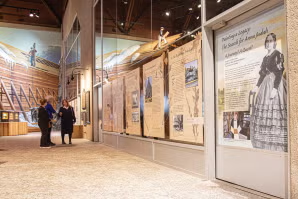
Anna Judah: Far More Than Theodore Judah’s Victorian Housewife
Through her artistry, she brought the transcontinental railroad to life — before it was built
You wouldn’t know that a tragic love story led to the railroad that connected the East and West coasts for the first time.

Whatever Became of the Auburn Dam?
One of the largest flood control projects in the country was never built
The Auburn Dam could well be the most talked about water storage and flood control facility in the country that simply doesn’t exist — no matter how much it’s been argued about, advocated for and against, legislatively proposed and architecturally rendered.
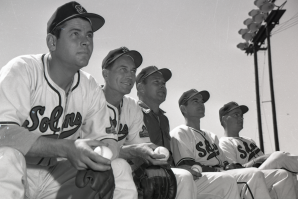
The Back Story: That Other Time We Had a Local Baseball Team
The Sacramento Solons still evoke fond (and funny) memories
As a team, the Solons had more stops and starts in the area than light rail at rush hour. There were iterations of the club in 1903 and 1905, from 1909 to 1914, from 1918 to 1960, and finally, from 1974 to 1976.
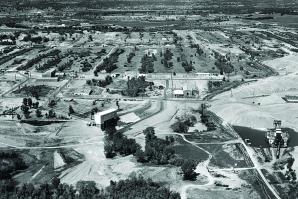
The Back Story: The Rocket Company that Roared
Aerojet was once a major player in the region — until it wasn’t
If you’re ever on Jeopardy and you’re asked to name an American company that not only helped the country and its allies win a war (the Big One) and, a bit more than two decades later, helped send it to the moon — before getting mired in a sludge of litigation — remember one of this region’s more complicated and often controversial sagas: Aerojet.
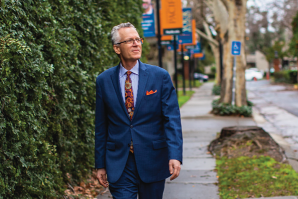
The Back Story: McGeorge School of Law
The truth and folklore behind Sacramento’s biggest law school
Prof. Michael Hunter Schwartz recounts stories about some big names that passed through McGeorge School of Law.
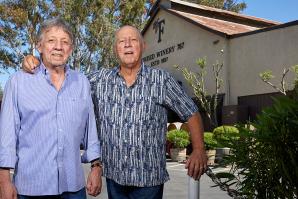
The Back Story: The Long Pour
After 124 years in business, Frasinetti Winery continues making and serving its wine
Frasinetti Winery is the oldest family-owned wine producer in the
Sacramento Valley, withstanding the Prohibition and both World
Wars.




